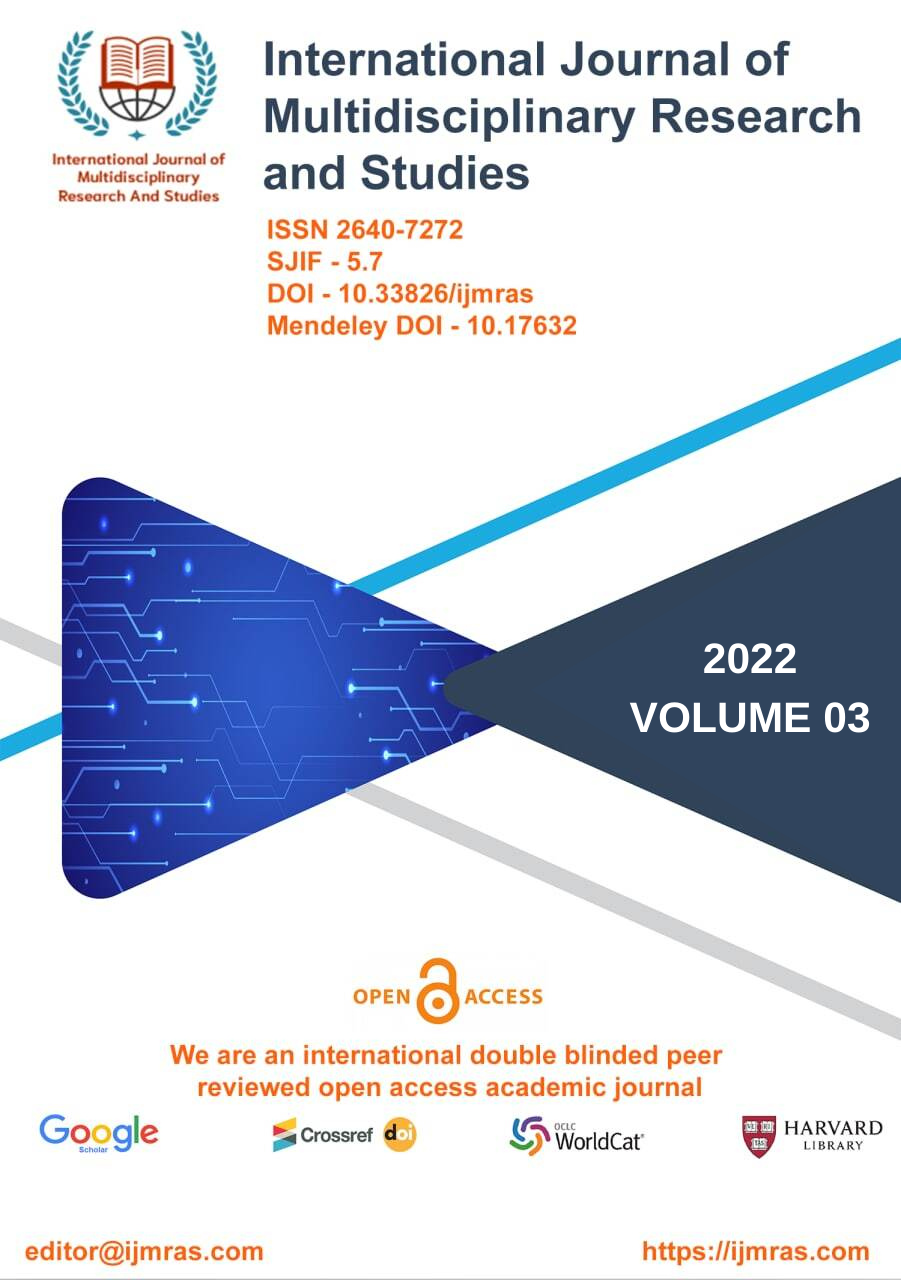AN ANALYSIS OF THE DECLINE OF THE MUGAL EMPIRE AND MUSLIM RULE IN INDIA

Abstract
During Muammad Shah's rule in the 18th century, the Mughal Empire started to fall (1719–48). The Marathas and then the British took over a large portion of its area. Bahdur Shah II (1837–57), the final Mughal emperor, was banished by the British because of his participation in the Indian Mutiny of 1857–1858. After Aurangzeb's death in around 1707 CE, the Mughal Empire quickly went into collapse. The Great Mughal era is typically distinguished from the Later Mughal era by this year, which is also known as the dividing line year. You can read all about the later Mughals and the Mughal Empire's decline in this article. This is a crucial subject for the section on UPSC test history. The rebirth of regional identities during the time between approximately 1707 CE and around 1761 CE (from Aurangzeb's death to the time of the Third Battle of Panipat, where Ahmad Shah Abdali defeated the Maratha chiefs) revealed a sad state of affairs for the once-powerful Mughals. The Mughal court was the setting for feuds between the nobility. When Nadir Shah imprisoned the Mughal Emperor and pillaged Delhi in around 1739 CE, the empire's frailties were made clear. Following the passing of Aurangzeb in around 1707 CE, a conflict over succession erupted between his three sons: Muazzam (the Kabul governor), Muhammad Kam Baksh (the governor of Deccan.
Keywords
Mugal Empire, Muslim Rule in India, AurangzebHow to Cite
References
Ali, M. Athar. Mughal Nobility under Aurangzeb. New Delhi: Asia Publishing House, 1966.
Bayly, C.A. Rulers, Townsmen, and Bazaars: North Indian Society in the Age of British Expansion, 1770-1870. Cambridge: Cambridge University Press, 1983.
Bhargava, Meena (ed.). The Decline of the Mughal Empire: Debates in Indian History. Delhi: Oxford University Press, 2014.
Calkins, Philip B. “The Formation of a Regionally Oriented Ruling Group in Bengal, 1700-1740.” The Journal of Asian Studies, 29/4 (Aug. 1970), 799-806.
Chandra, Satish. Parties and Politics at the Mughal Court, 1707-1740. Delhi: Oxford University Press, 2002 [1959].
Medieval India: Society, Jagirdari Crisis, and the Village. Delhi: Macmillan, 1982.
Cohn, Bernard S. “Political Systems in the Eighteenth Century India: The Banaras Region.”, Journal of American Oriental Society, 82/3 (Sep. 1962), 312- 320.
Habib, Irfan. Agrarian System of Mughal India, 1554- 707. Delhi: Oxford University Press, 1999.
Hardy, Peter. “Commentary and Critique”. The Journal of Asian Studies, 35/2 (February 1976 ), 257 – 263.
Hintze, Andrea. The Mughal Empire and its Decline: An Interpretation of the Sources of Social Power. Aldershot: Ashgate, 1997.
William. The Army of the Indian Moghuls: Its Organisation and Administration. London, 1903.
Later Mughals, Vol I. Edited by Jadunath Sarkar.
Calcutta: M.C. Sarkar. Leonard, Karen. “The ‘Great Firm’ Theory of the Decline of the Mughal Empire”, Comparative Studies in Society and History, 21/2 (Apr. 1979), 151-167.
License
Copyright (c) 2020 Dhupesh Kumar Singh

This work is licensed under a Creative Commons Attribution 4.0 International License.
Individual articles are published Open Access under the Creative Commons Licence: CC-BY 4.0.



